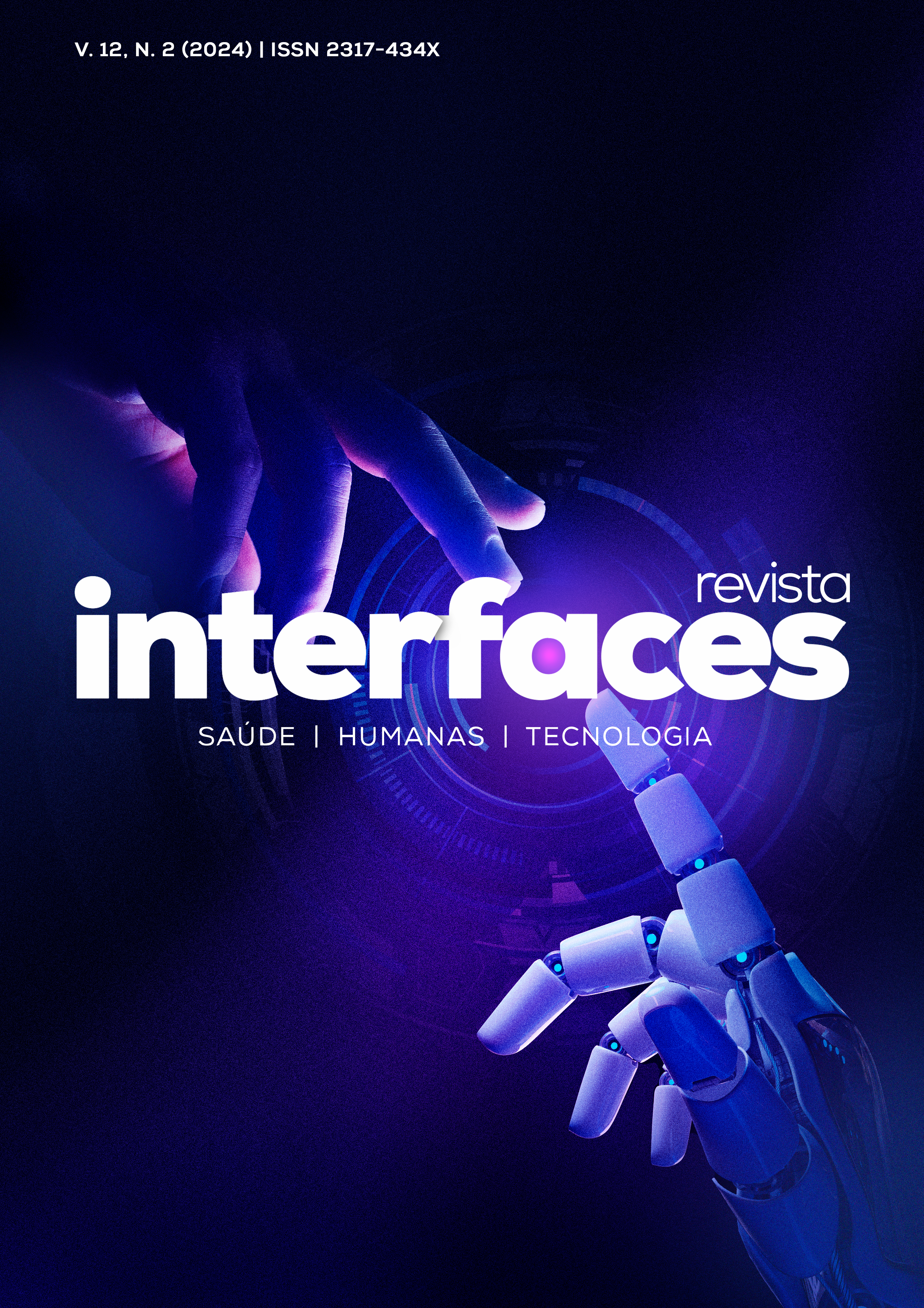TECNOLOGIA E INCLUSÃO: MÉTODO DE ENSINO DE INFORMÁTICA NA EDUCAÇÃO DE JOVENS E ADULTOS
DOI:
https://doi.org/10.16891/2317-434X.v12.e2.a2024.pp4021-4029Keywords:
Ensino, EPT, EJAAbstract
This article addresses the teaching of computer science for Youth and Adult Education (EJA) students within the context of Technological Professional Education. The research highlights the need for a differentiated pedagogical approach, which takes into account the life experience and prior knowledge of EJA students. The proposed teaching method aims to promote digital inclusion and the development of basic technological skills using participatory and interactive strategies, with emphasis on creating a welcoming and motivating environment. The article is based on a theoretical framework centered on the student's dialogic-cognitive development, based on theorists Jean Piaget, David Ausubel, Lev Vygotsky and Paulo Freire. Based on this theoretical construct, a method of teaching computer programming logic mediated by a Web program called Educational Product (PE) was proposed and applied. This EP was tested in two different classes: one from the high school IT course at the Federal Institute of Paraíba (IFPB) and the other from EJA students from Escola Alcides V. Carneiro. The computational logic tests applied presented progressive levels of complexity and the quantitative results showed increasing percentages of correct answers in both classes. The IT class achieved 50%, 66% and 84% correct answers, while the EJA class achieved 45%, 47% and 66% correct answers. These results indicate a progressive construction of subsumers and an equivalence in the results of the two classes, although with differences in teaching modalities.

